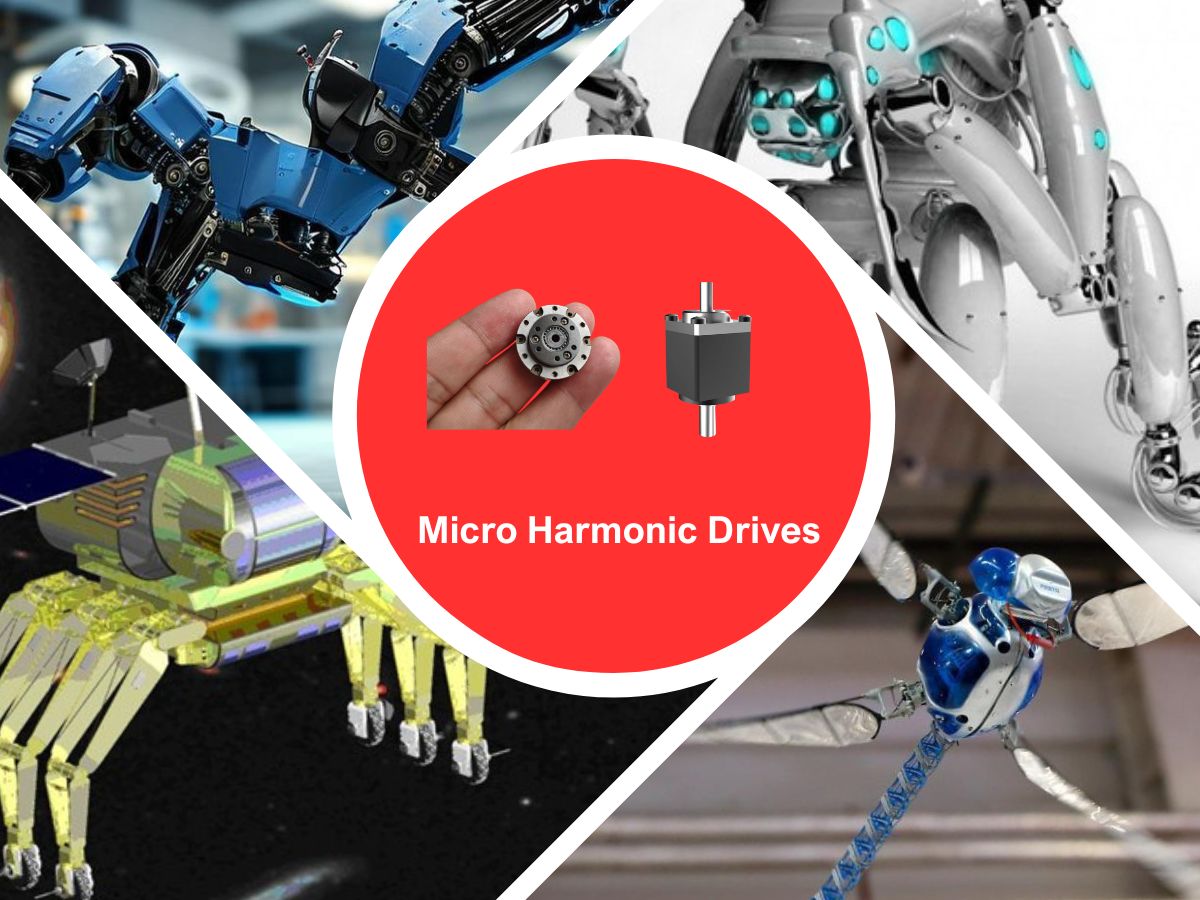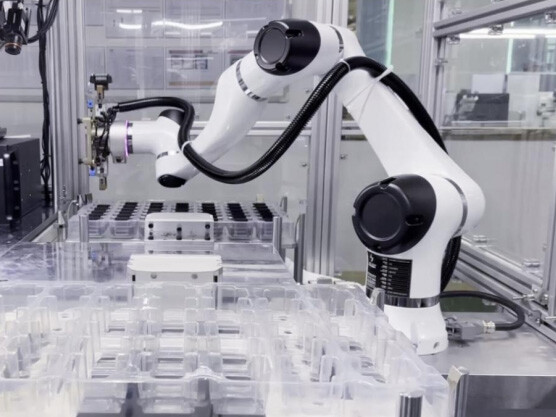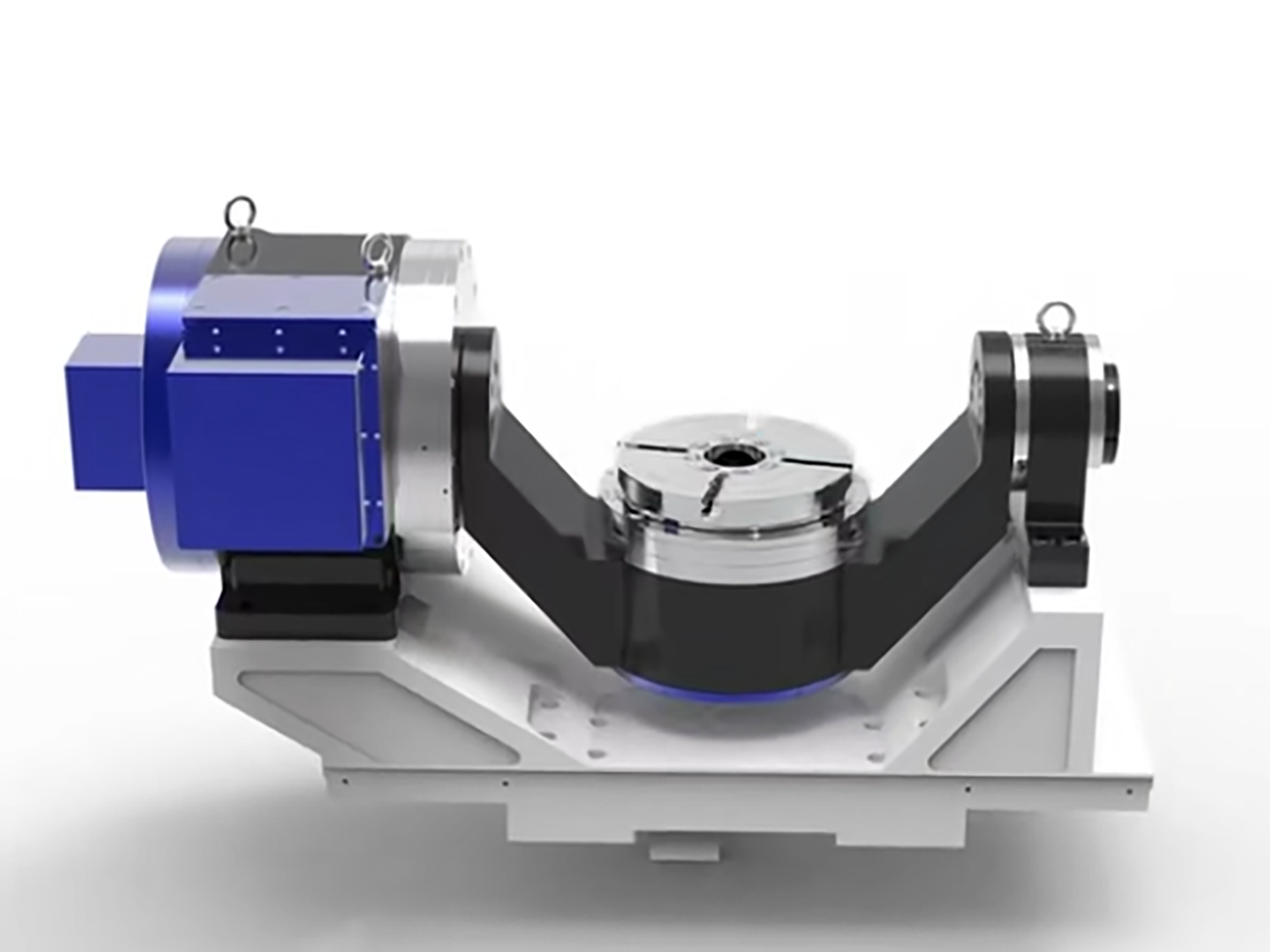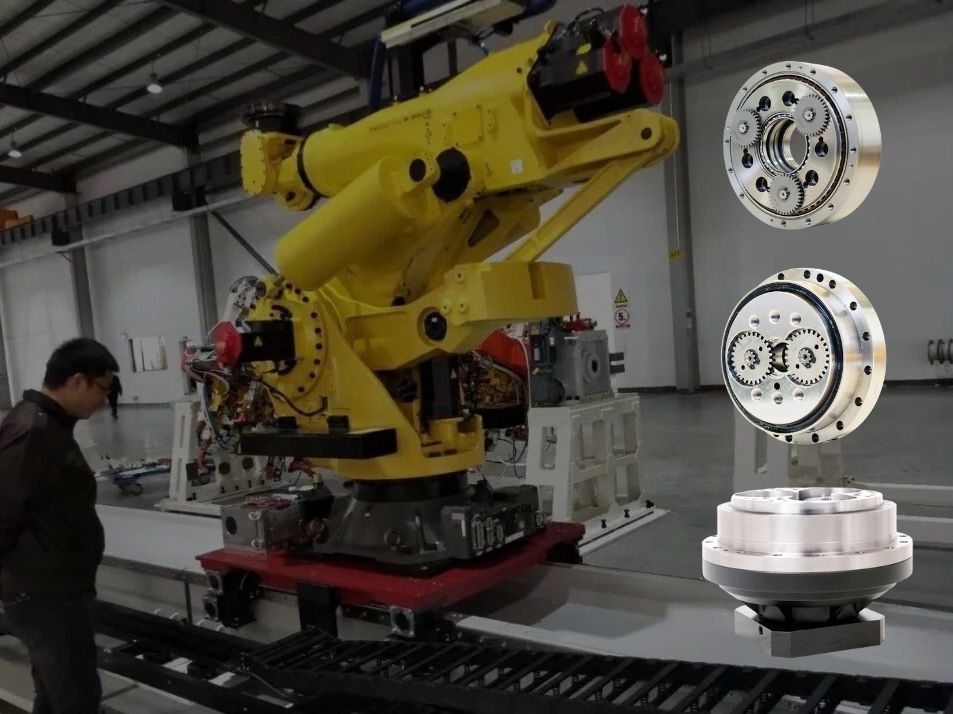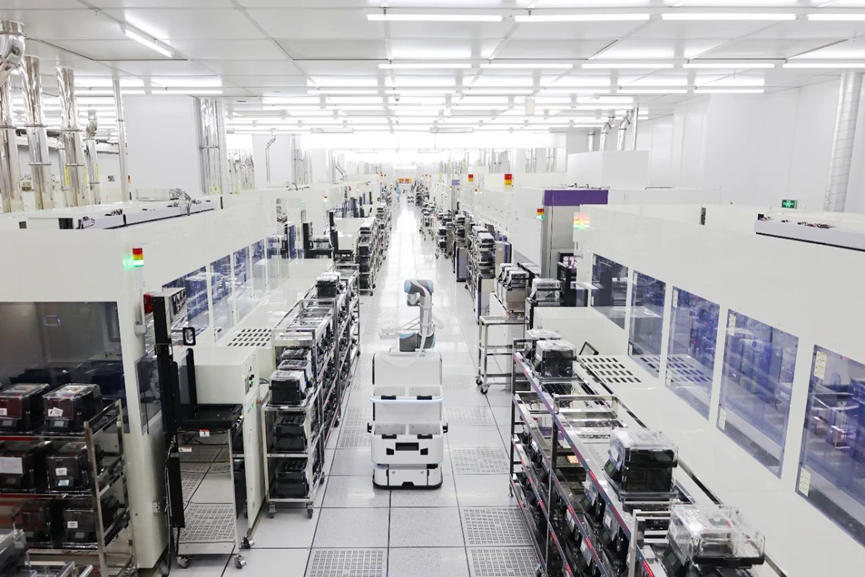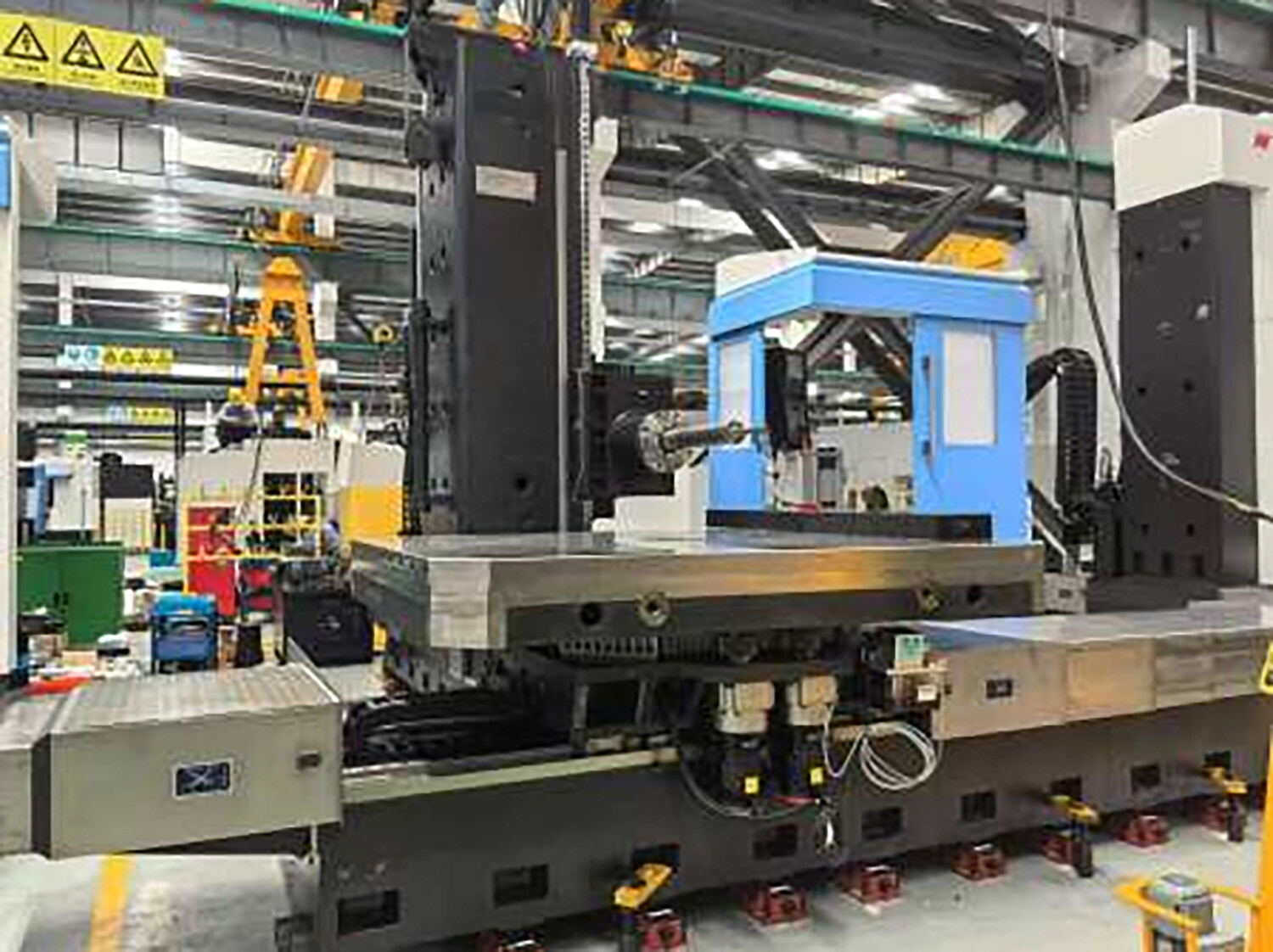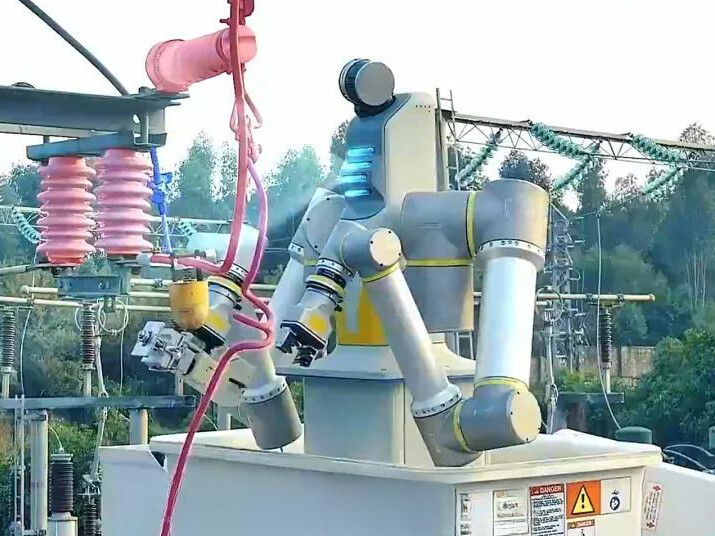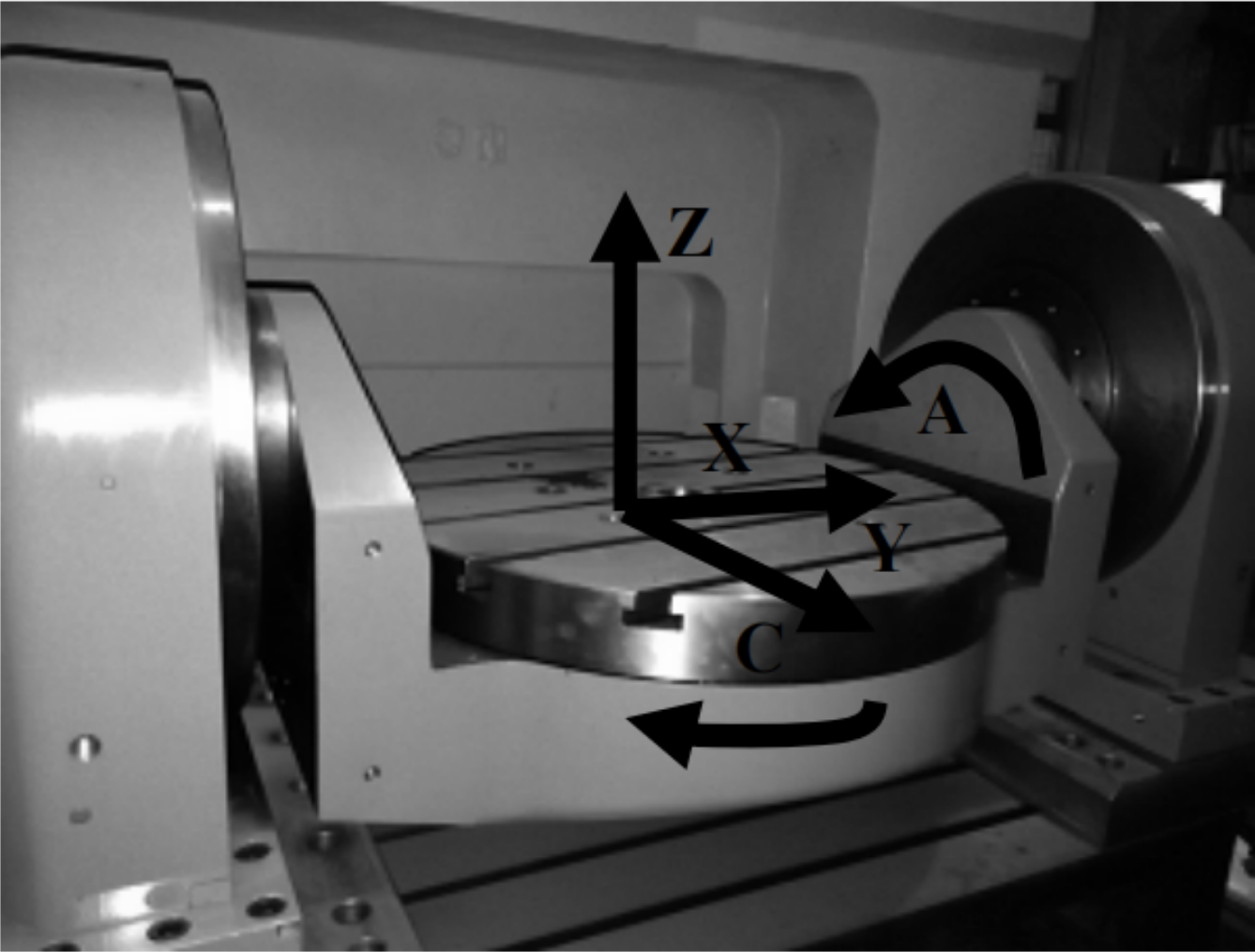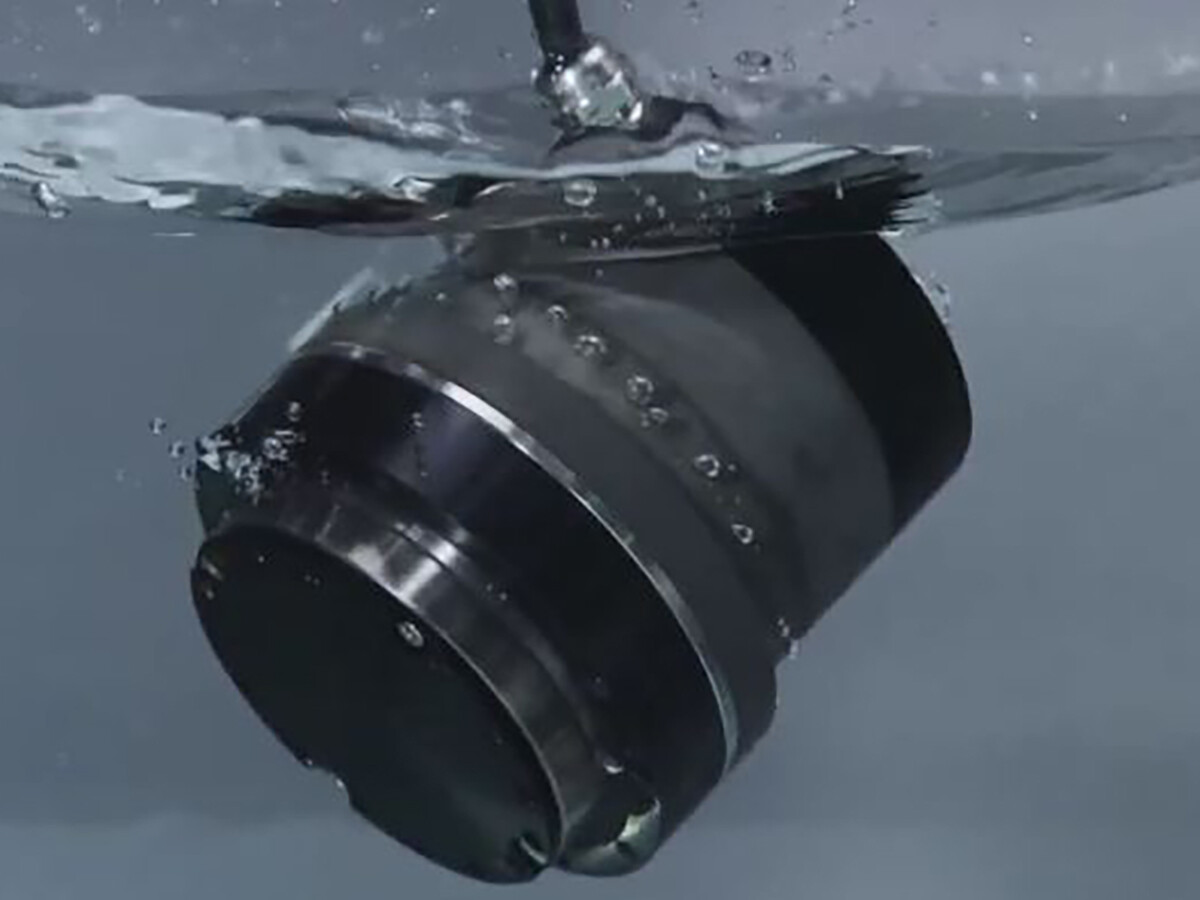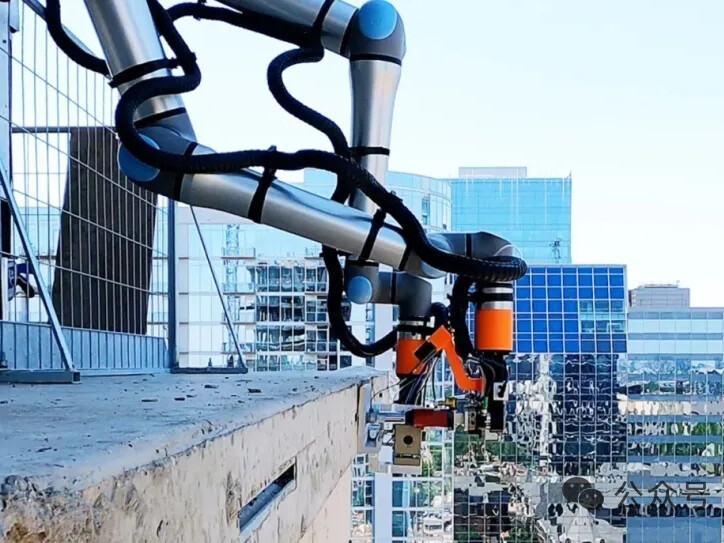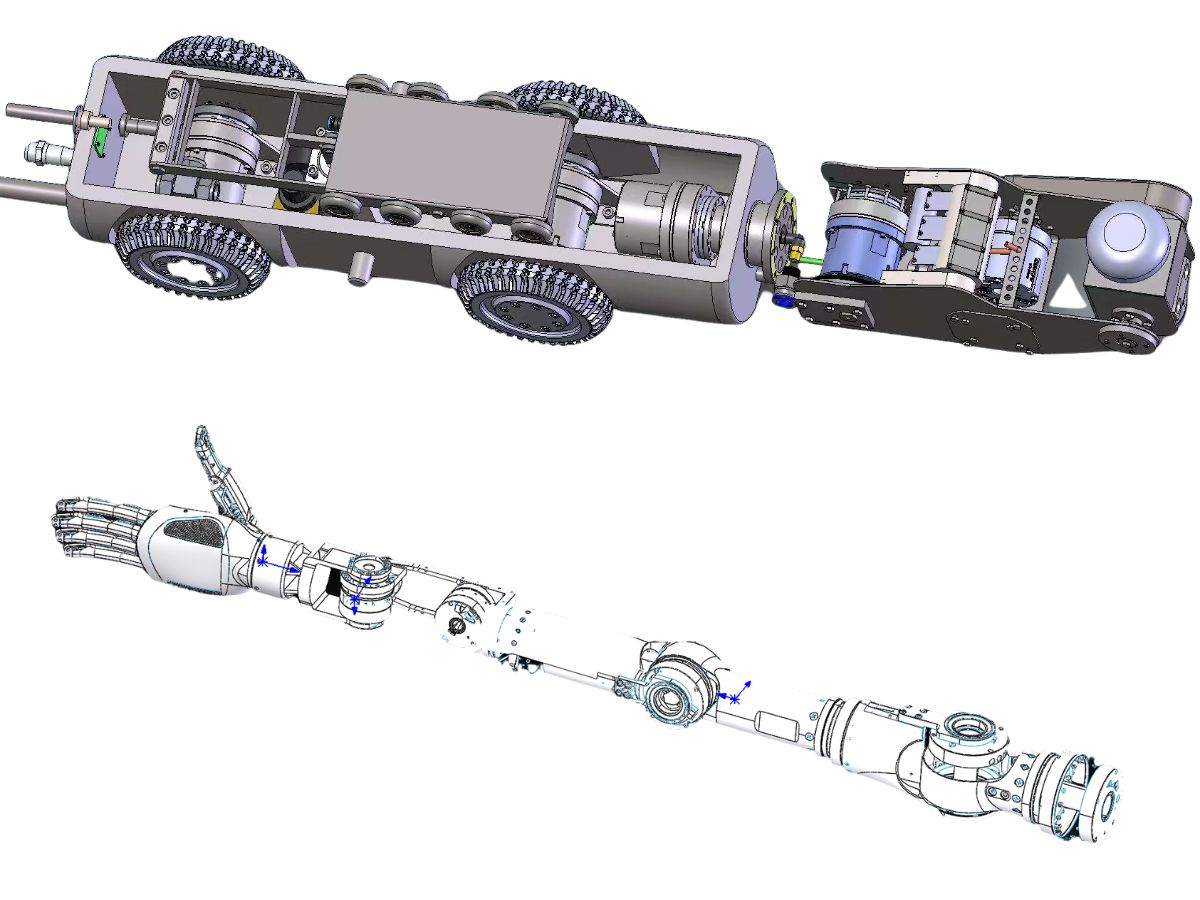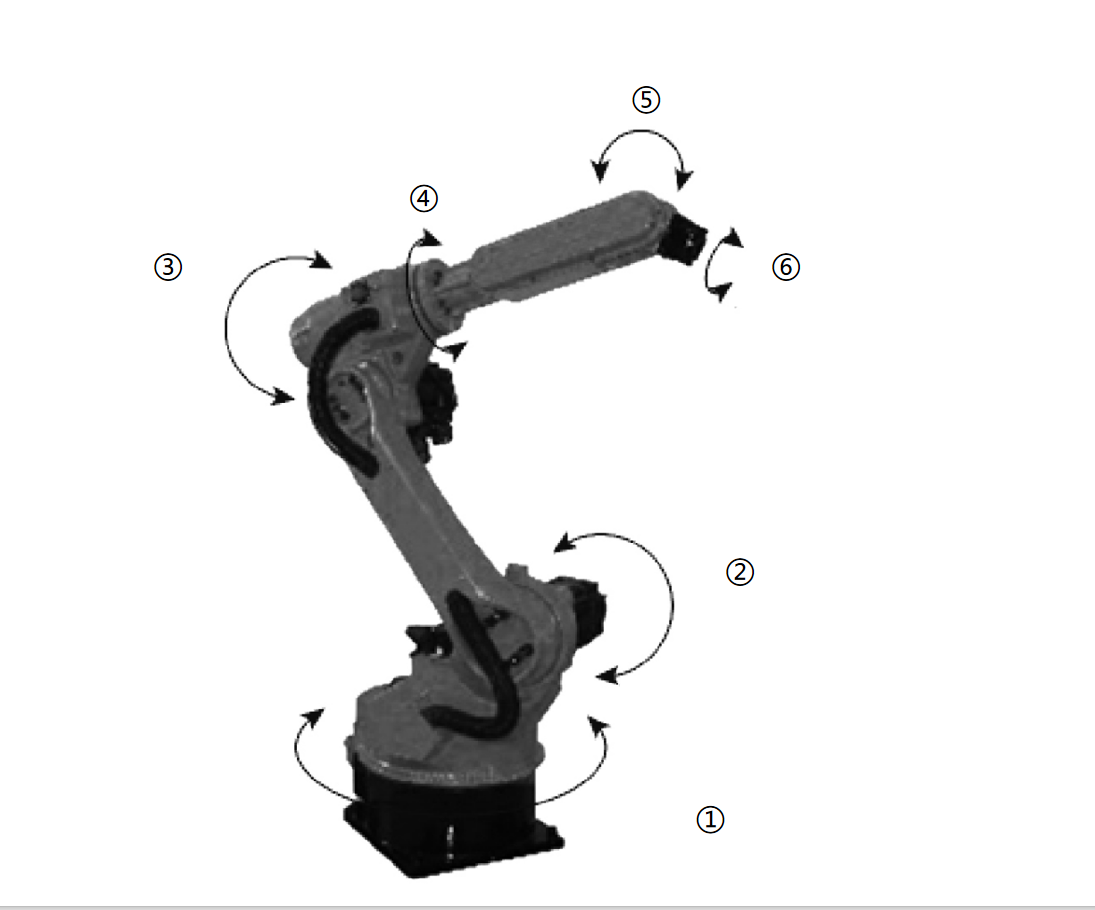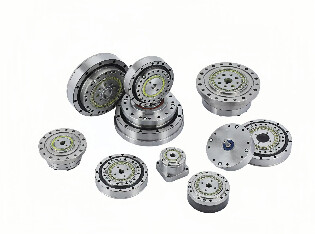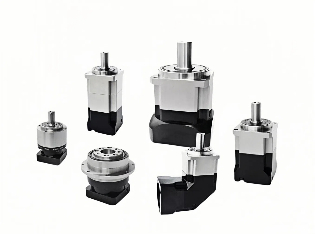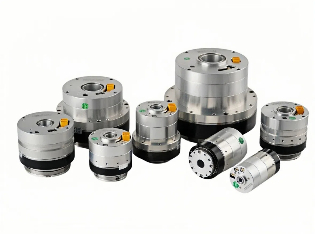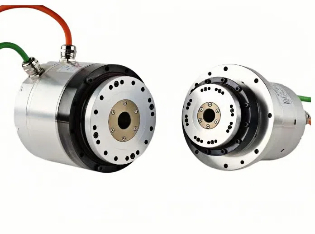Why is the harmonic drive motor the best choice for exoskeleton robots?
What is an exoskeleton robot?
Exoskeletons typically incorporate harmonic drive motors, sensors, and other components that integrate sensing, control, information processing, data fusion, and mobile computing technologies. These systems synchronize human sensory and motor functions with robotic power transmission and control systems, serving to enhance physical capabilities or provide medical rehabilitation. As a cutting-edge disruptive technology, exoskeletons hold significant strategic importance for both military and medical applications. The high torque density and precision control offered by harmonic drive reducers make them the preferred solution for exoskeleton robots.
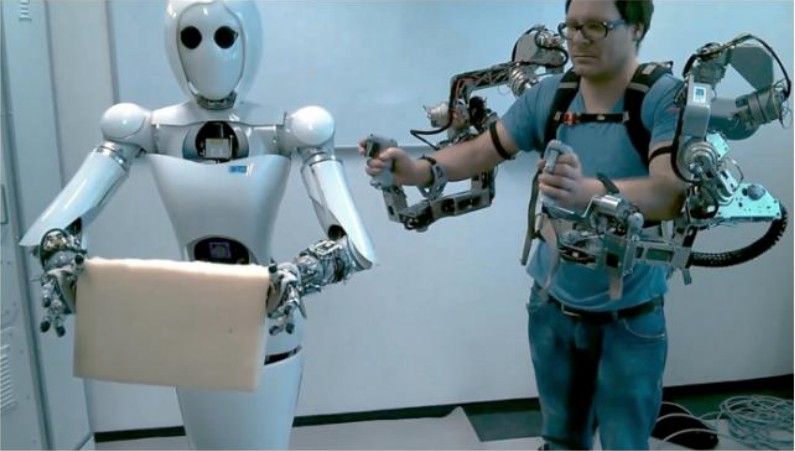
Why do exoskeleton robots need harmonic drive reducers?
Exoskeleton robots represent a category of wearable robotics. Given the close physical interaction between user and exoskeleton, these devices must feature ergonomic designs, lightweight construction, and the ability to move synchronously with the wearer without causing motion restriction or resistance. Harmonic drive reducers meet exoskeleton transmission requirements through their:
High torque output
Exceptional precision
Compact form factor
Low operational noise
Zero backlash
Impact resistance
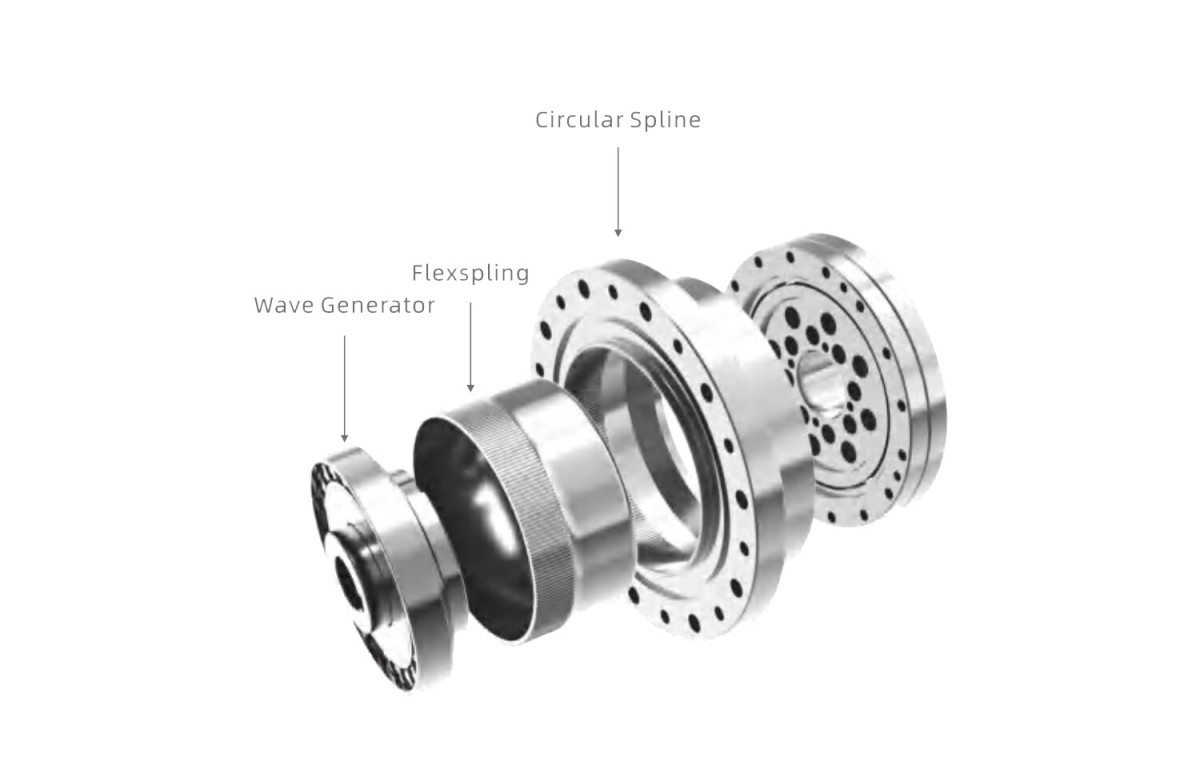
These characteristics make harmonic drive reducers the optimal choice for high-performance exoskeleton designs.
Classification of exoskeleton robots
Exoskeleton robots are primarily categorized into:
Medical rehabilitation exoskeletons
Industrial augmentation exoskeletons
Military powered exosuits
Flexible wearable devices
Each type has distinct requirements for harmonic drive reducers.
Harmonic drive reducer applications in exoskeletons
HONPINE provides customized solutions through all development stages, from prototyping to testing. Representative applications include:
1,Lower limb exoskeletons
Knee joint actuation: Harmonic drive reducers pair with brushless motors to convert high-speed/low-torque input to low-speed/high-torque output for walking and stair-climbing assistance.
2,Upper limb exoskeletons
Shoulder/elbow joints: HONPINE's SHD series lightweight reducers minimize muscle strain during industrial lifting operations.
3,Flexible wearable systems
Integrated designs combining harmonic drive reducers with series elastic actuators (SEAs) enable compliant motion control (e.g., Harvard's soft exoskeleton).
Future development trends
Mechatronic joint modules will reduce R&D costs through standardization
Chinese manufacturers like HONPINE are emerging as market leaders by offering:
Superior cost-performance ratios
Shorter lead times
Japanese-comparable quality standards
Double Click
Products Catelog
